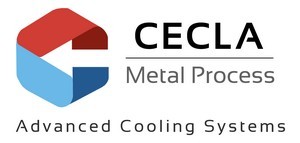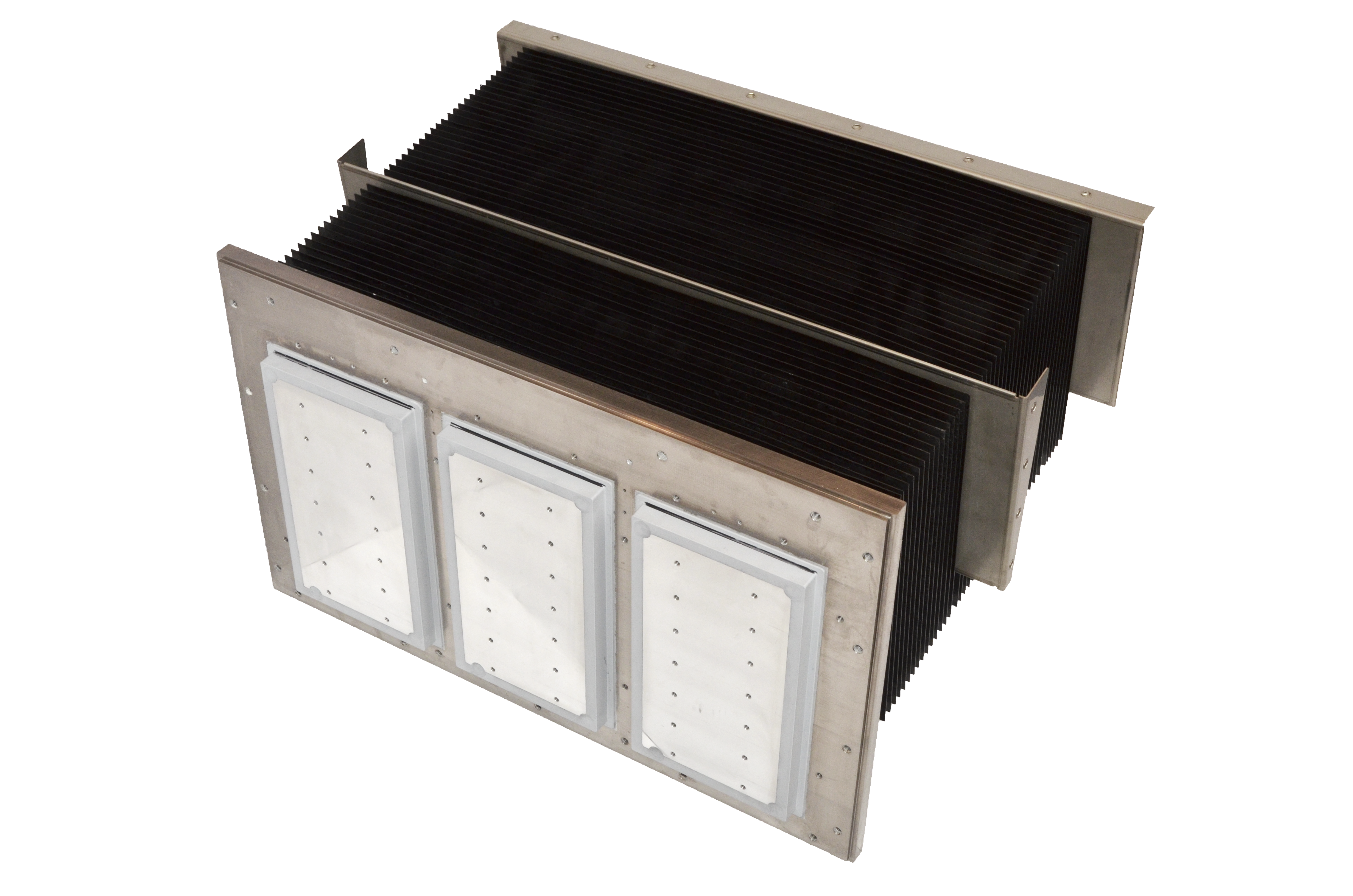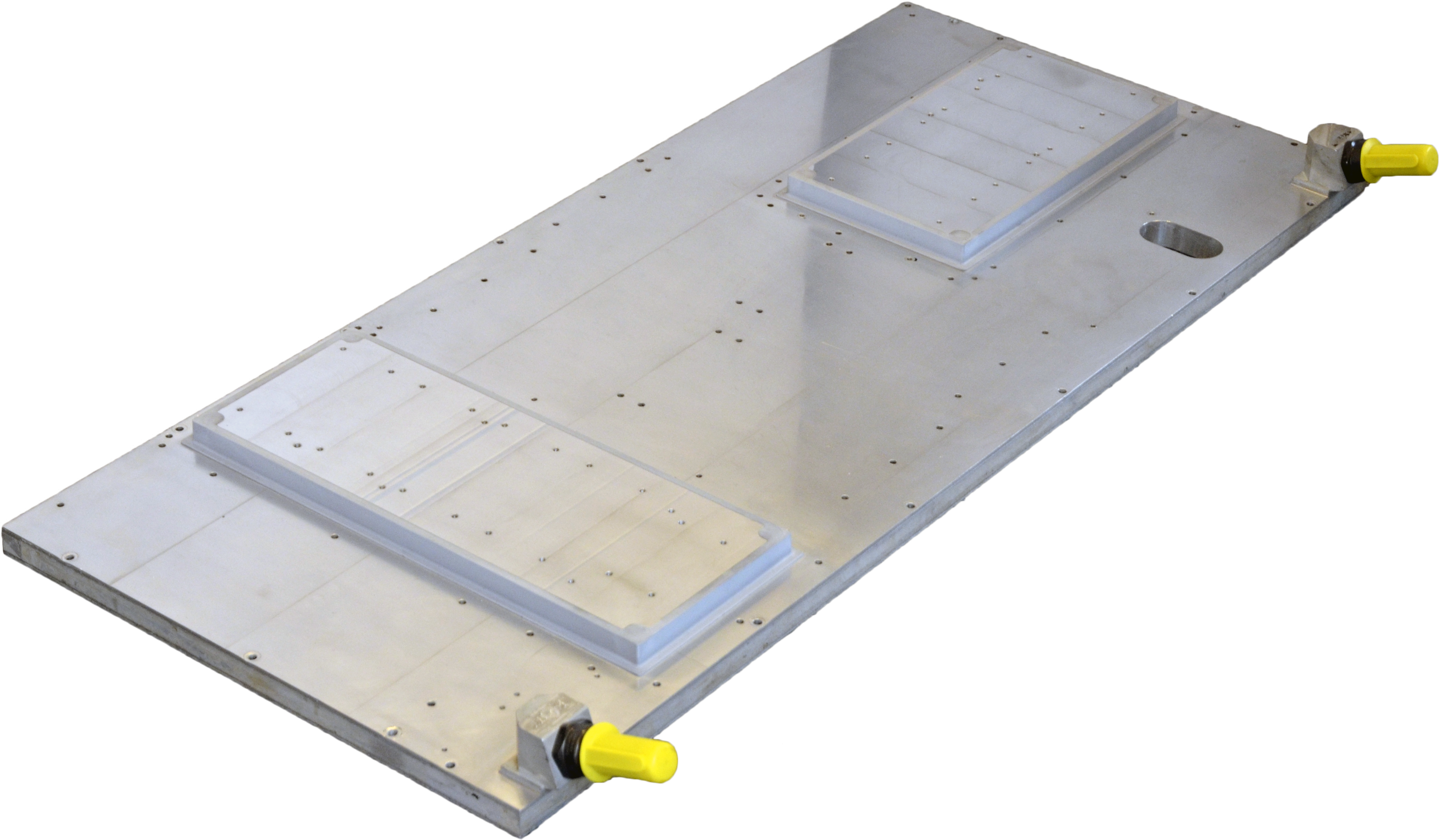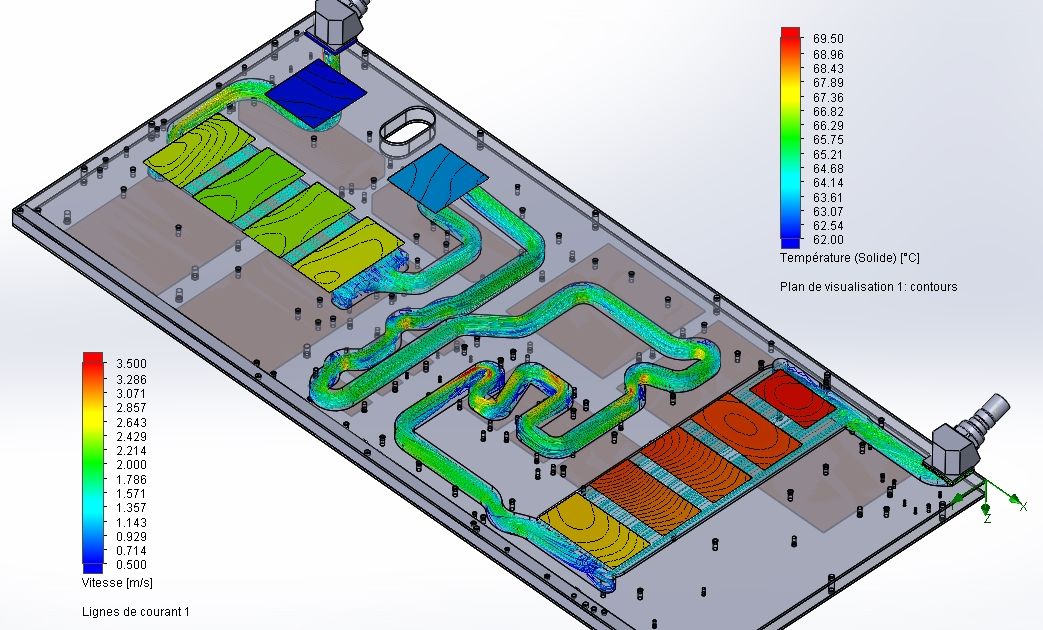Liquid cold plates
CECLA METAL PROCESS design and make all kind of cooling plate with liquid circulation from unitary to several pieces.
General Principle
Liquid cold plates allow the cooling of the most of electronic components thanks to the circulation of liquid inside of a metal plate.
The contact between the plate and the component extract calories and transmit them to the fluid circulating into the canals. The plate can integrate a system of turbulators in order to improve the thermal exchange and the homogeneity of the temperature under the component.
The liquid cold plate has to be connected to a cooling loop generally made up with a pump, an expansion tank and a dissipator to allow the extraction of calories to the air.
Liquid cold plates
CECLA METAL PROCESS design and make all king of cooling plate with liquid circulation from unitary to several pieces.
General Principle
Liquid cold plates allow the cooling of the most of electronic components thanks to the circulation of liquid inside of a metal plate.
The contact between the plate and the component extract calories and transmit them to the fluid circulating into the canals. The plate can integrate a system of turbulators in order to improve the thermal exchange and the homogeneity of the temperature under the component.
The liquid cold plate has to be connected to a cooling loop generally made up with a pump, an expansion tank and a dissipator to allow the extraction of calories to the air.
Designed to measure for your application, the liquid cold plate adapts itself to your components and to your system’s geometry. See thermal simulation.
An electrical insulation up to 15kV can be added on the components’ interface by integrating ceramics or resin. See our insulated solutions.
Advantages
- Dissipated power : several kW
- Working temperatures : -25°C to +150°C
- Thermal resistance : 5 to 10°C/kW
Examples of use
- Machining/Drilling
Canals are made by drilling into the plate. The canals create a grid for the fluid’s circulation.
- Coil
One or several coils (Cupper/Aluminium/Inox) are integrated in the plate by bonding or brazing.
- Aluminium brazing
A canal is made into the aluminium plate, with the integration of turbulators if necessary. The impermability is realise by adding a closing by aluminium brazing.
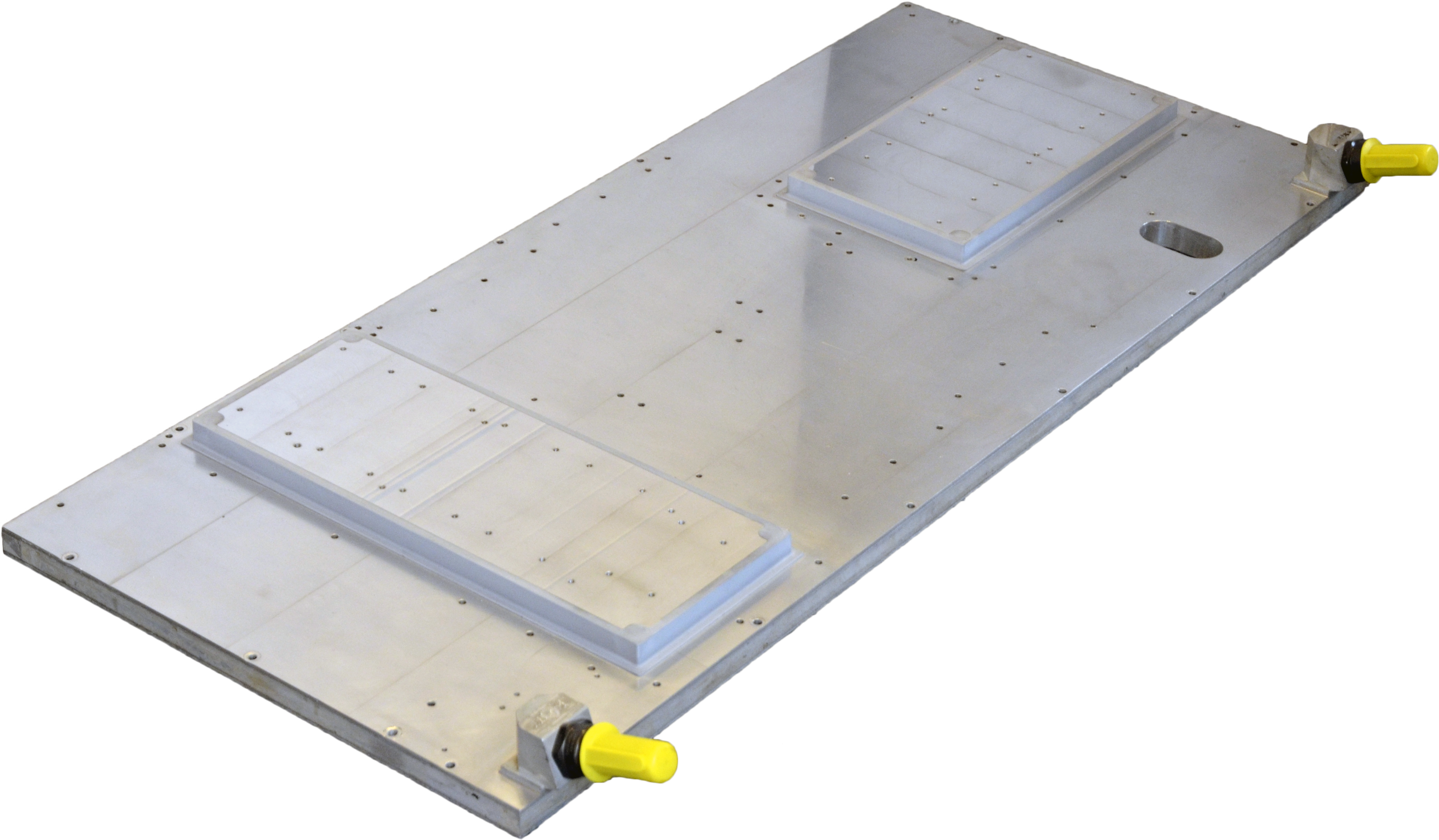 |
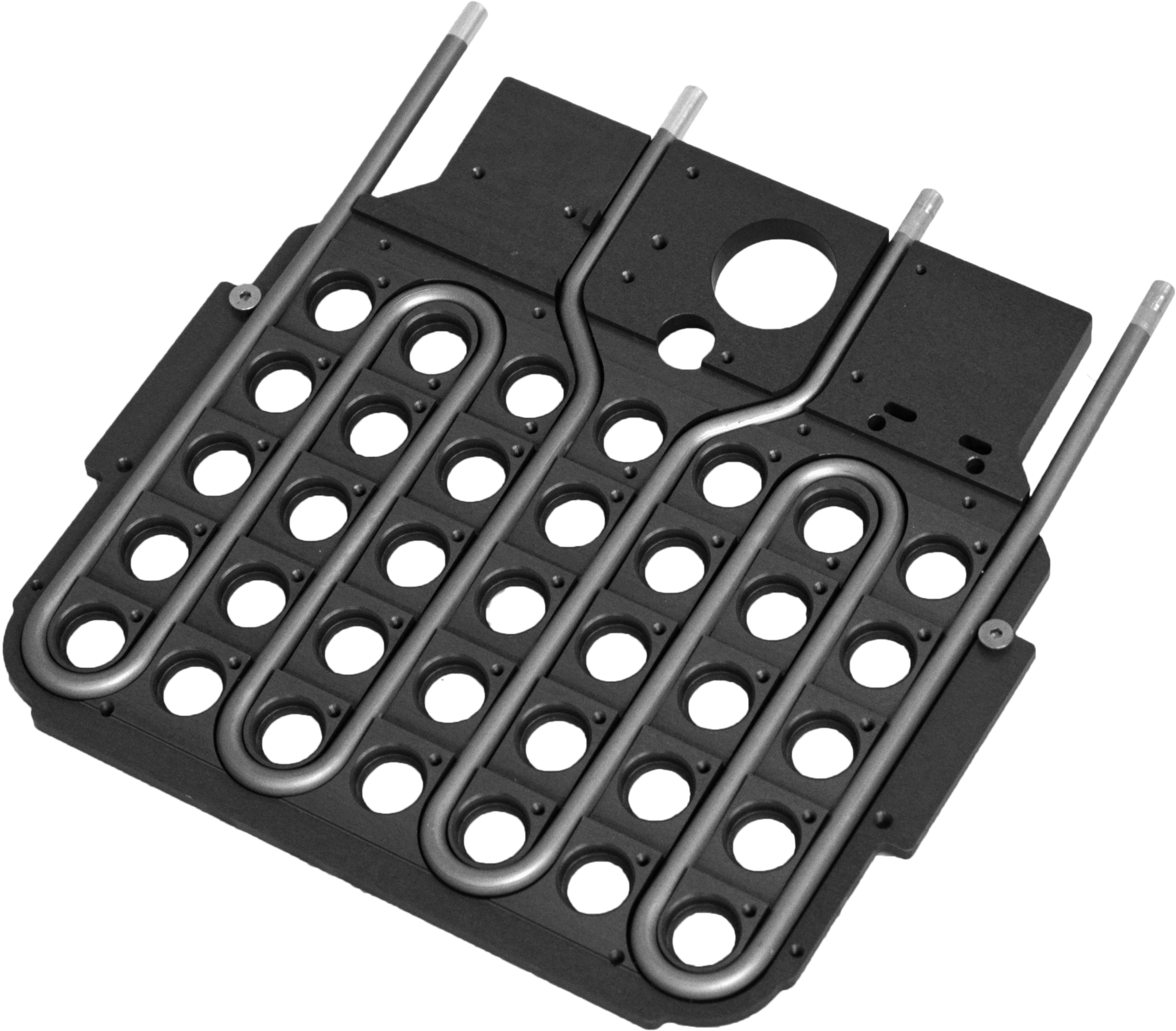 |
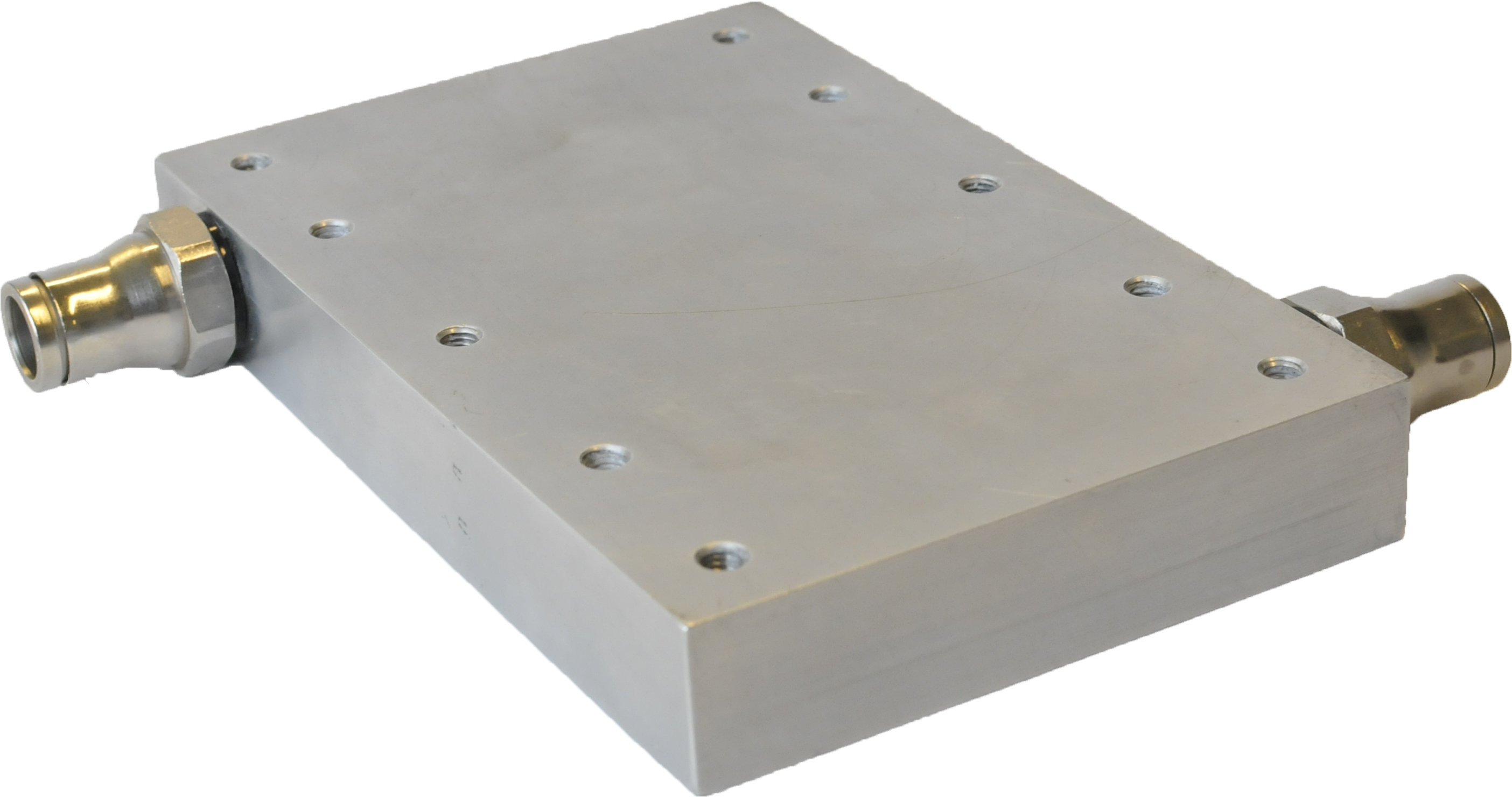 |
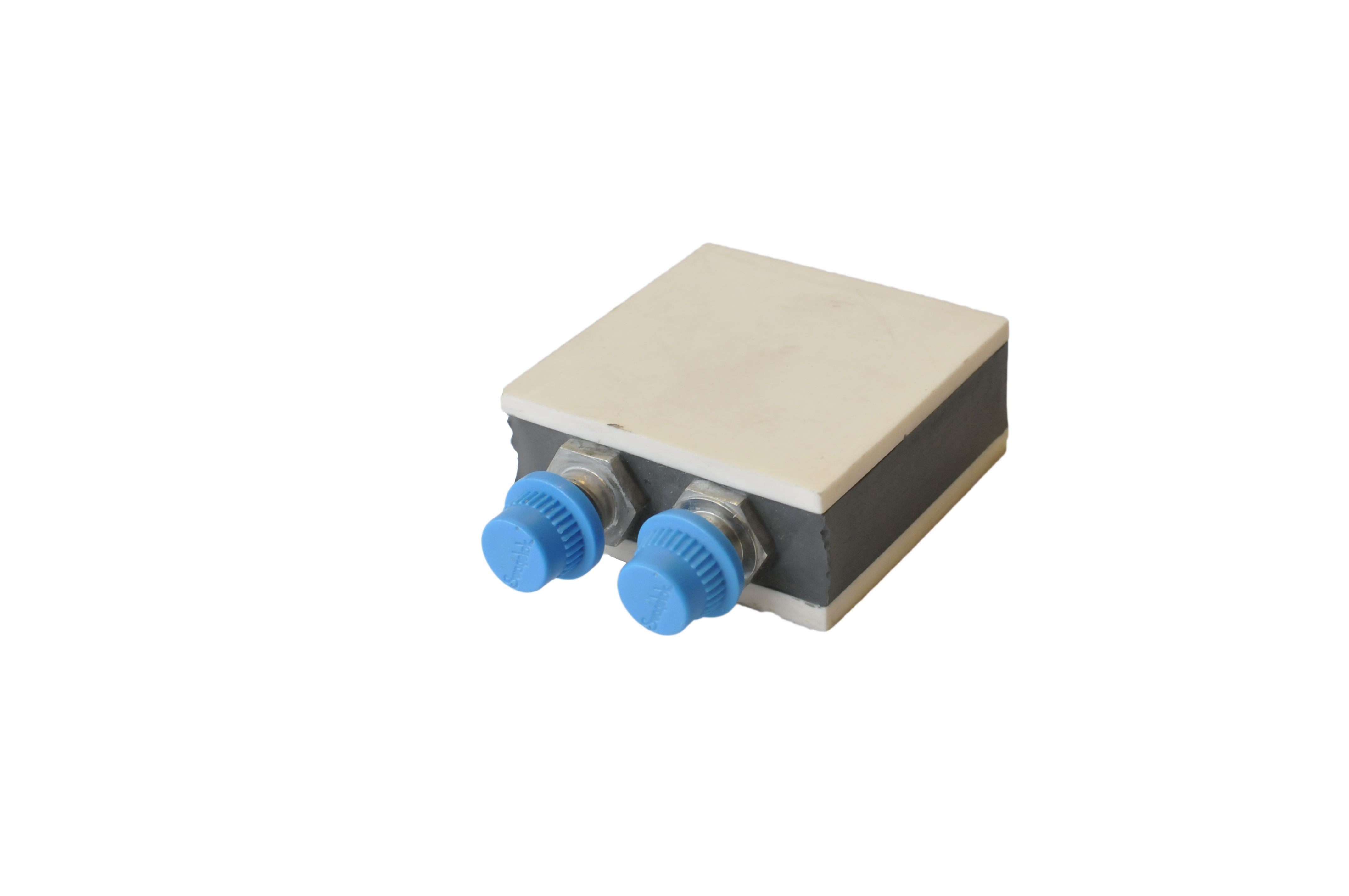 |
|||
Insulated brazed cold plate |
Coil cold plate |
Water cold plate |
Liquid cold plate |
|||
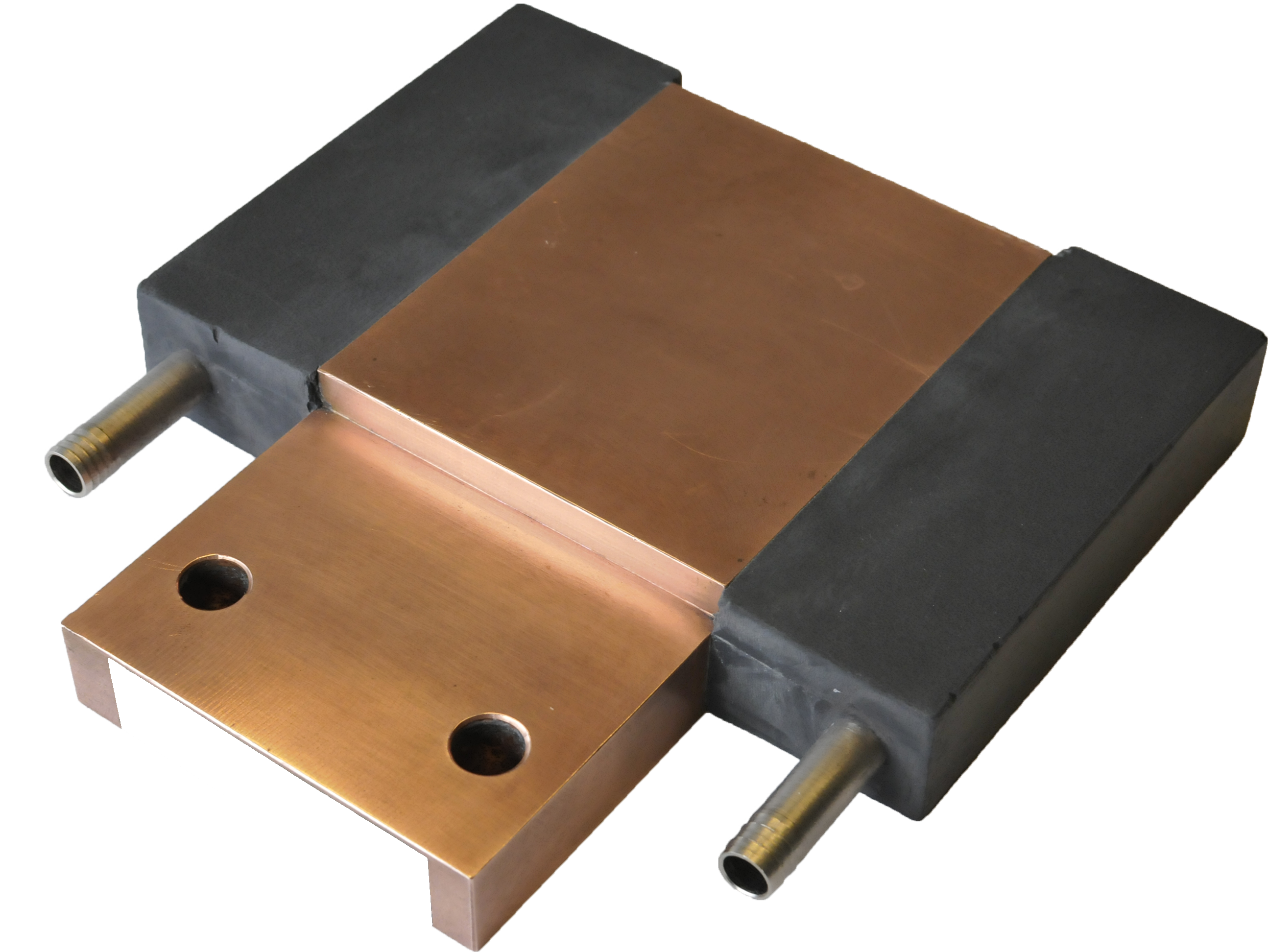 |
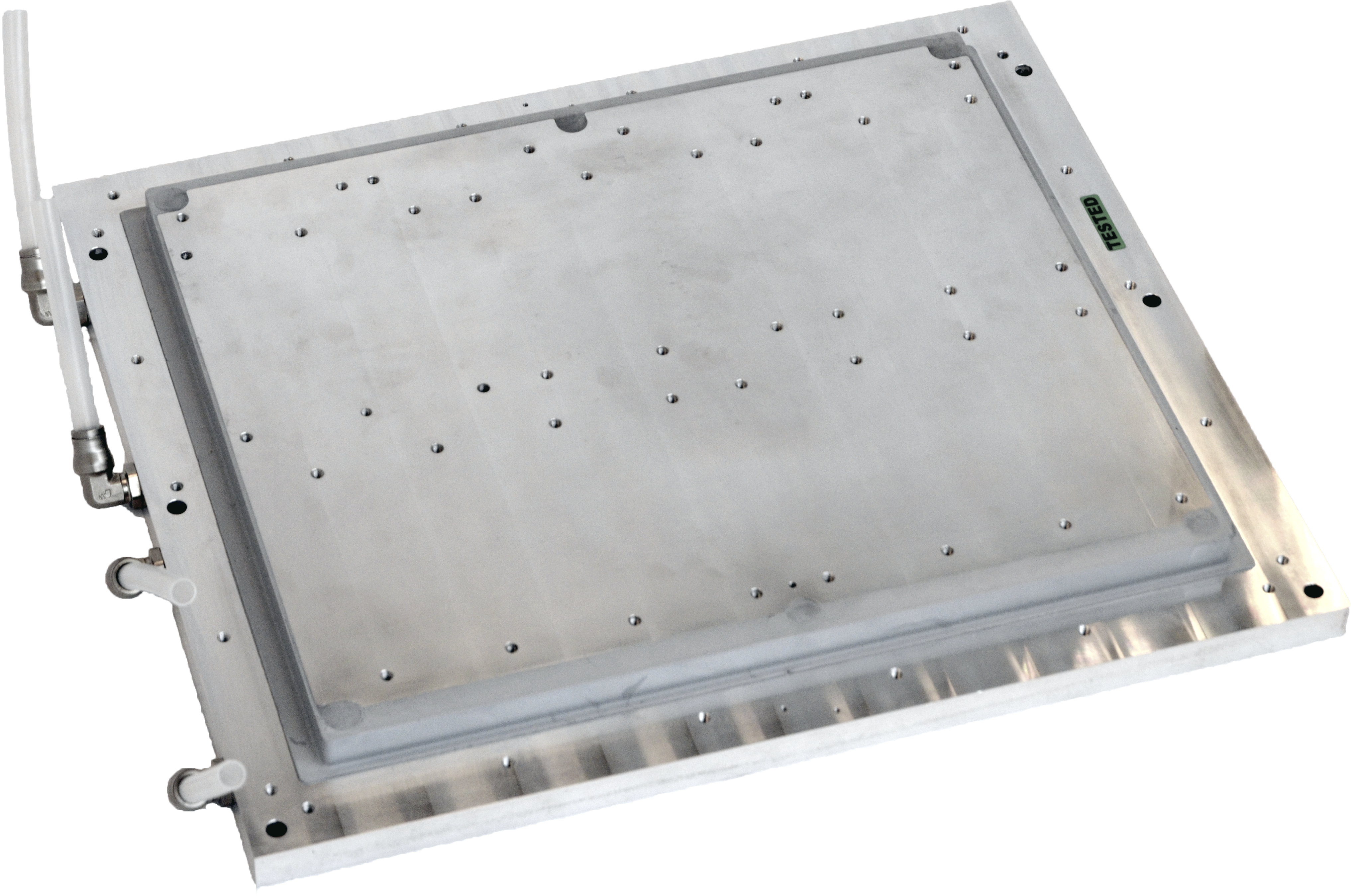 |
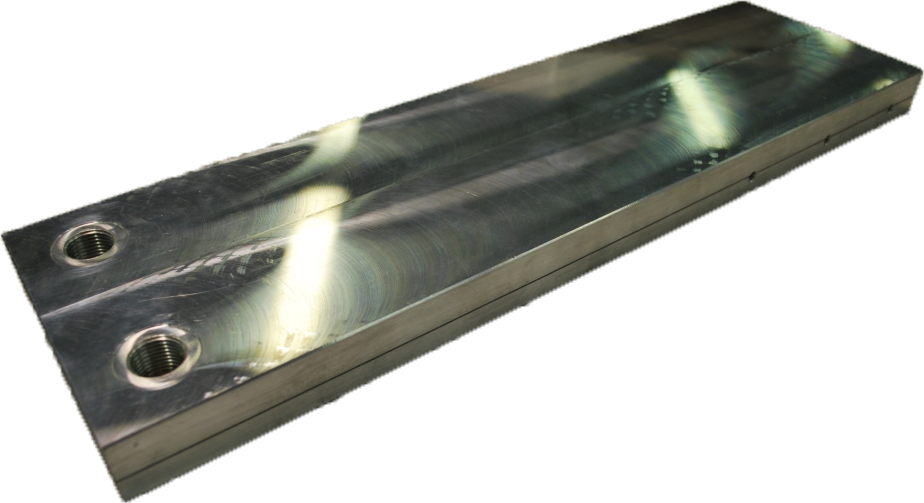 |
||||
Insulated drilled cold plate |
Insulated brazed cold plate |
Brazed cold plate |
